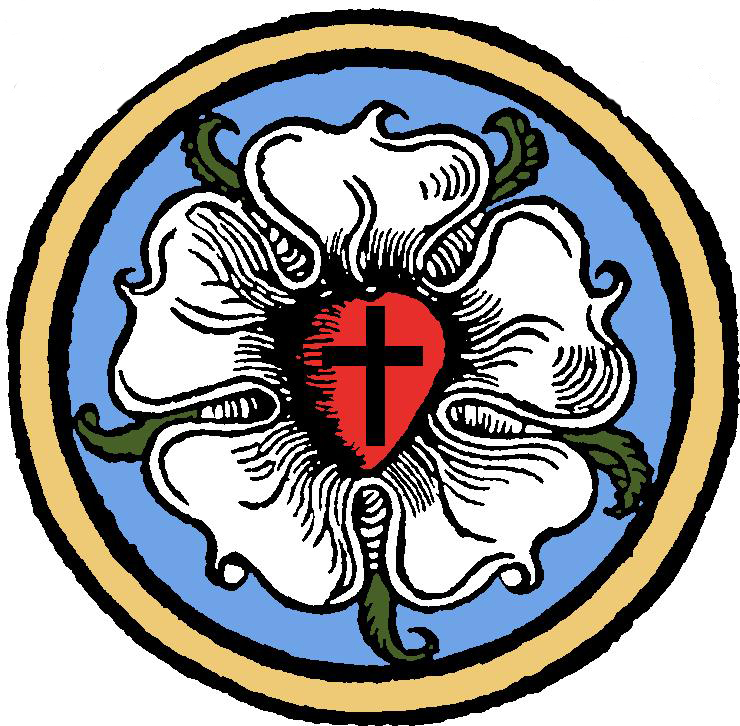Episodes

Friday Feb 28, 2025
Preparing for Worship - March 2, 2025
Friday Feb 28, 2025
Friday Feb 28, 2025
The Scripture readings for this Sunday all relate, in some way, to the focus on the Transfiguration of our Lord, this last Sunday of the Epiphany season. The Old Testament lesson is from Deuteronomy 34:1-12. Moses was not allowed to enter the Promised Land because of his sin and rebellion against the Lord at times. (See Deuteronomy 32:48-52.) He was able to see all the Land from Mount Nebo, at the top of Pisgah. He died there, then, and the Lord buried him there, at an unknown place. Joshua had already been appointed to lead the people into the Land. Moses had laid his hands on him and blessed him with the Spirit of God. No prophet had arisen again like Moses, though, until the coming of Christ Jesus Himself (Deuteronomy 18:15ff.). Moses came the closest to seeing God. His face would glow after seeing the Lord, but even he did not see the Lord in all His glory. (See Exodus 33:18-23.) We don’t know if Moses was given the wisdom to write these final words of Deuteronomy or if God inspired someone else to add these final words. Legends arose later on about Moses being assumed into heaven, but there is no clear Biblical basis for this idea. There is a mysterious passage in Jude 9 about a dispute over the body of Moses, but nothing more is said about that. This reading is included this week because God did allow Moses to appear with Jesus on the Mount of Transfiguration and to be able to be in the Promised Land, at last, for a short time.
The Psalm is Psalm 99. This psalm emphasizes the reign of God over all the earth and all peoples, even in the Old Testament. His holiness is praised three times, and the angels also sang of his holiness in Isaiah’s vision in Isaiah 6. Moses, Aaron, and Samuel are described as His priests, who called upon Him, and he spoke to them in a pillar of cloud on His holy mountain. He taught them His testimonies and showed them their wrongdoing, but was a forgiving God to them, and they worshiped Him at His footstool, His tabernacle. We are all to exalt the Lord our God, too, and worship Him, and the fact that Moses appeared with Jesus at the Transfiguration indicates that we are especially to listen to Jesus and His testimonies and worship Him and know the victory he has won for us and await in faith the last day when He has made all His enemies His footstool (Psalm 110:1).
The Epistle lesson is from Hebrews 3:1-6. Moses is described as a faithful servant of the Lord in His house, His tabernacle, testifying to things that would be said and done later, as He was given the first five books of the Old Testament. Jesus, however, is the apostle and high priest of what we now confess and has much greater glory as the Son of God and the Builder of God’s house and the Builder of all things as our Creator. Moses was a faithful servant but also had his failings. Jesus was perfectly faithful, completing the work of salvation for us, and He actually lives in us, as part of His house, His church, and works in us, so that we may hold fast our confidence in Him and boast only of our hope in Him.
The Gospel lesson is from Luke 9:28-36 and is the story of the Transfiguration of Jesus Himself. He takes Peter, James, and John up a mountain to pray. As he prays, He and His clothing are altered and become dazzling white with glory. Moses and Elijah, the great priest and the great prophet of the Old Testament, appear with Him in glory and speak with him of His departure, His “exodus” from this life which he would soon accomplish at Jerusalem (through His suffering, death, and mighty resurrection). The disciples had been sleeping but awakened and saw His glory and Moses and Elijah with Him. Peter doesn’t know what to say but just blurts out the idea of building tents for these three. Instead, a cloud overshadows them, and the Heavenly Father speaks from the cloud, saying, “This is my Son, the chosen one. Listen to Him.” Then, they saw only Jesus and told no one at that time what they had seen. This was a great Epiphany - the revealing of Jesus in His glory as the Son of God, but it also revealed what He, as the Chosen One of God, was going to have to go through - the terrible suffering and agony of His departure, His suffering and death on the cross to pay the penalty for the sins of the world. Jesus was also a true man, and none of this would be easy in any way for Him. This event gave Him encouragement to continue on with His Father’s saving plan, even though he would wish, at moments, that there could be another way than this “cup of suffering” that He would have to drink. He would carry on faithfully, trusting His Father’s strength and blessing for Him, through it all, and accomplish His saving work for us. The Transfiguration was also for the sake of the disciples. They did not want to hear about Jesus suffering and dying. They preferred moments of glory, but they were called to “listen to Him," trusting what He said, though this was not the kind of Messiah they were expecting. As the commentator Donald Miller wrote (Layman’s Bible Commentary on Luke, 1958, p.98-99), everything is being pulled together in Jesus. “What the Law (of Moses) intended and what the prophets (like Elijah and others) had promised is now here in its fullness in Jesus… Jesus is shown to be God’s eternal Son, not in spite of the cross, but precisely because of it… Jesus was ‘the Lamb destined before the foundation of the world'” (1 Peter 1:18-21). The new Exodus, through the crucifixion and resurrection of Jesus, would bring new life and eternal salvation to all. Still today, this Gospel calls us, too, to “listen to Jesus” and through the Holy Spirit, working through the Word of God, to be brought to continuing trust in Christ Jesus.


No comments yet. Be the first to say something!